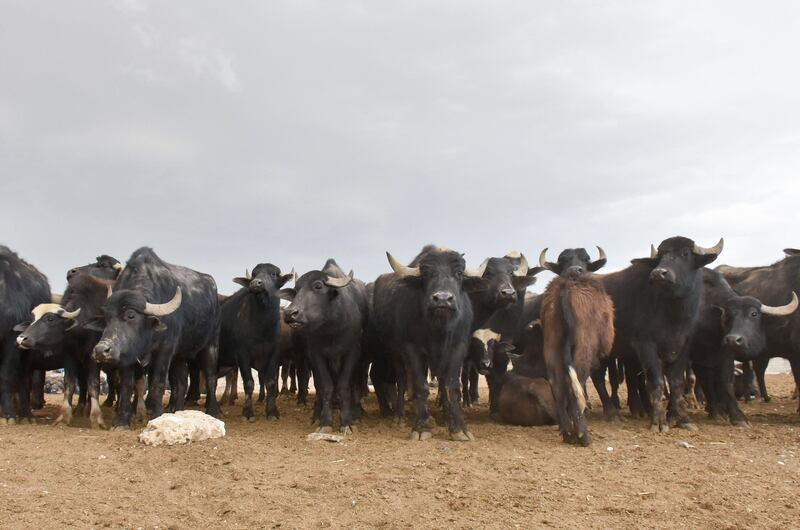Crimean-Congo haemorrhagic fever is spreading in Iraq at an alarming rate, with the number of cases and deaths this year more than doubling in the past two weeks, the health ministry has said.
The death toll from the disease, which is transmitted to humans mainly through tick bites or infected livestock, rose to 18 as of Saturday, up from eight on May 7, while the number of cases increased from 40 to at least 90, a health ministry spokesman, Saif Al Badr, said.
“There have been quick and important developments over the past few days in regard to the Crimean-Congo haemorrhagic fever,” Mr Al Badr said during a live-stream on his YouTube channel on Saturday.
Crimean-Congo haemorrhagic fever has been endemic in Iraq since the 1970s. About 20 cases are reported each year, of which one or two lead to death, according to Mr Al Badr.
“Cases are increasing and, honestly, it is a dangerous increase,” he said.
All the cases are in rural areas. Half are in Thi Qar province, about 400 kilometres south of Baghdad, Mr Al Badr said. The next highest number of cases was in the adjacent Muthanna province.
Among the dead was a woman in Baghdad, Mr Al Badr said.
Although the country is not in a “state of epidemic”, he said, “we can’t deny that there is a problem”.
“The problem is there and it is a dangerous one, and to be honest the measures that are taken from the concerned parties are substandard,” he said.
Mr Al Badr said the burden falls mainly on the Ministry of Agriculture, which must eliminate ticks on animals.
Other civilian and security authorities must supervise livestock breeding, movement and slaughter closely, he said.
Iraqi health authorities have used posters and social media to tell the public how to reduce the risk of infection.
The disease, which has a mortality rate of up to 40 per cent, can also be transmitted among humans as a result of contact with the blood, organs, secretions or other bodily fluids of infected people, according to the World Health Organisation.
No vaccine is available for people or animals.
The disease is endemic in Africa, Asia, the Middle East and the Balkans, according to the WHO.







